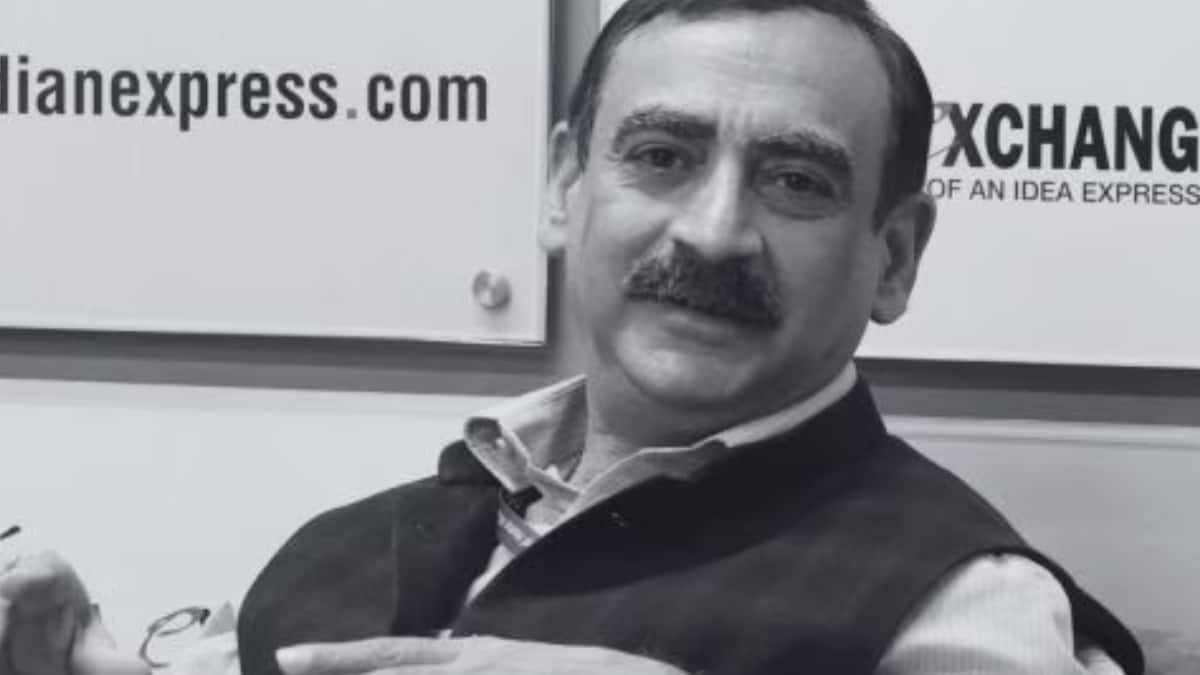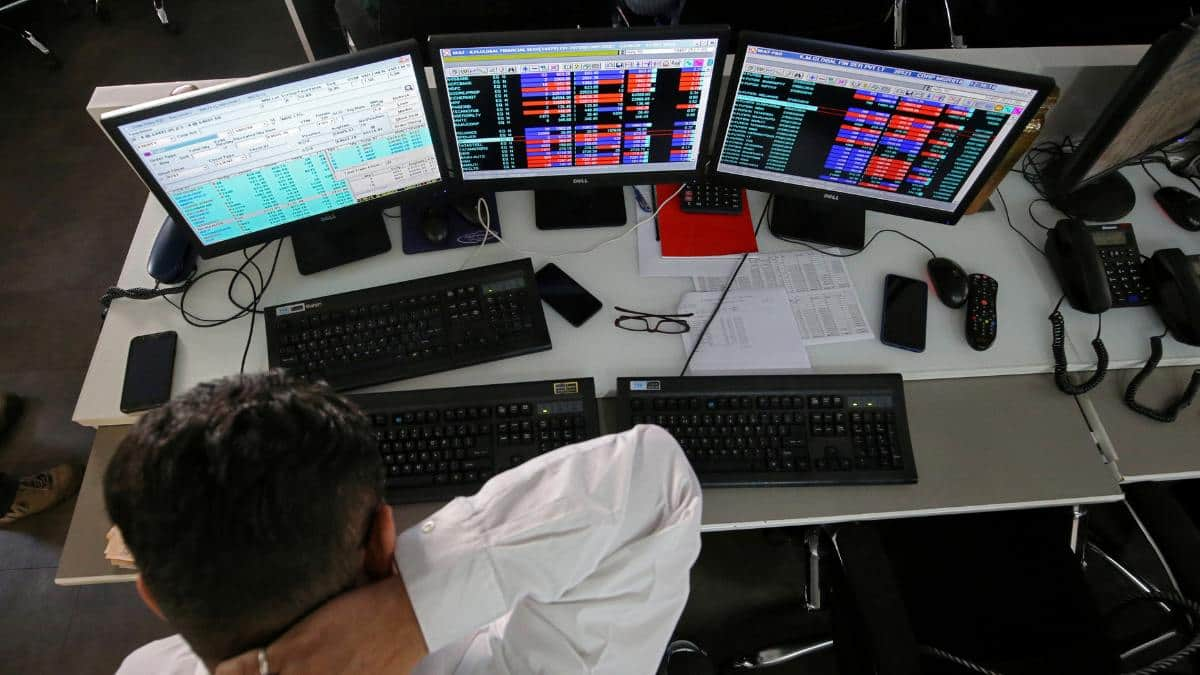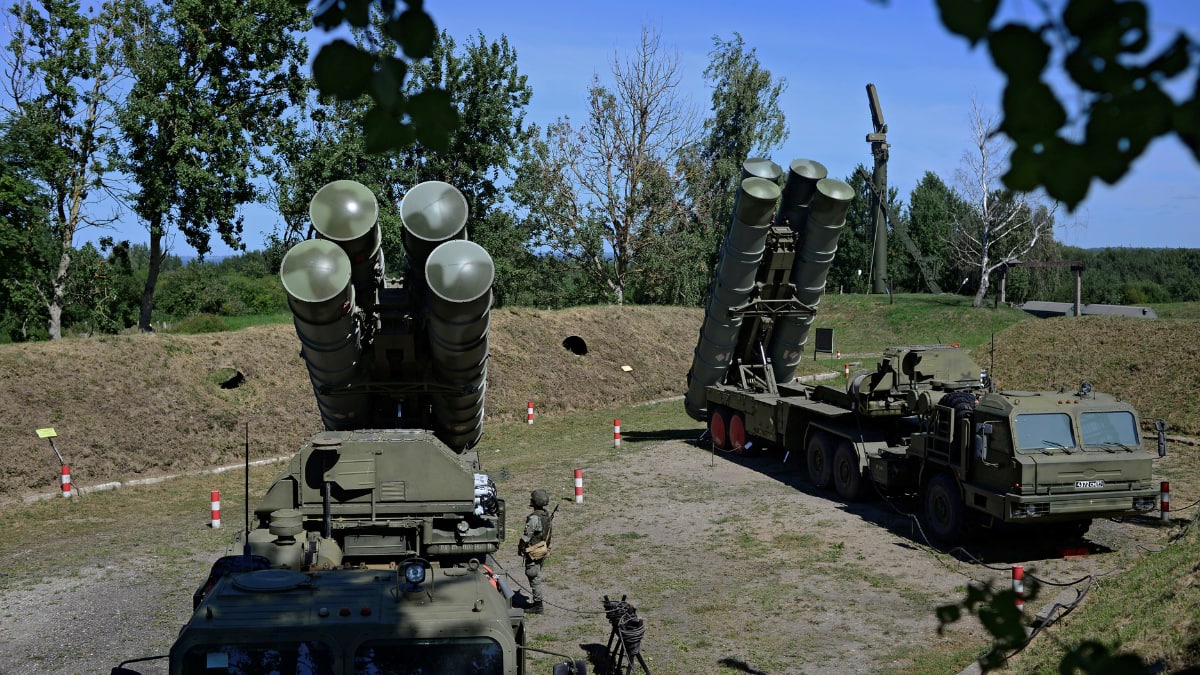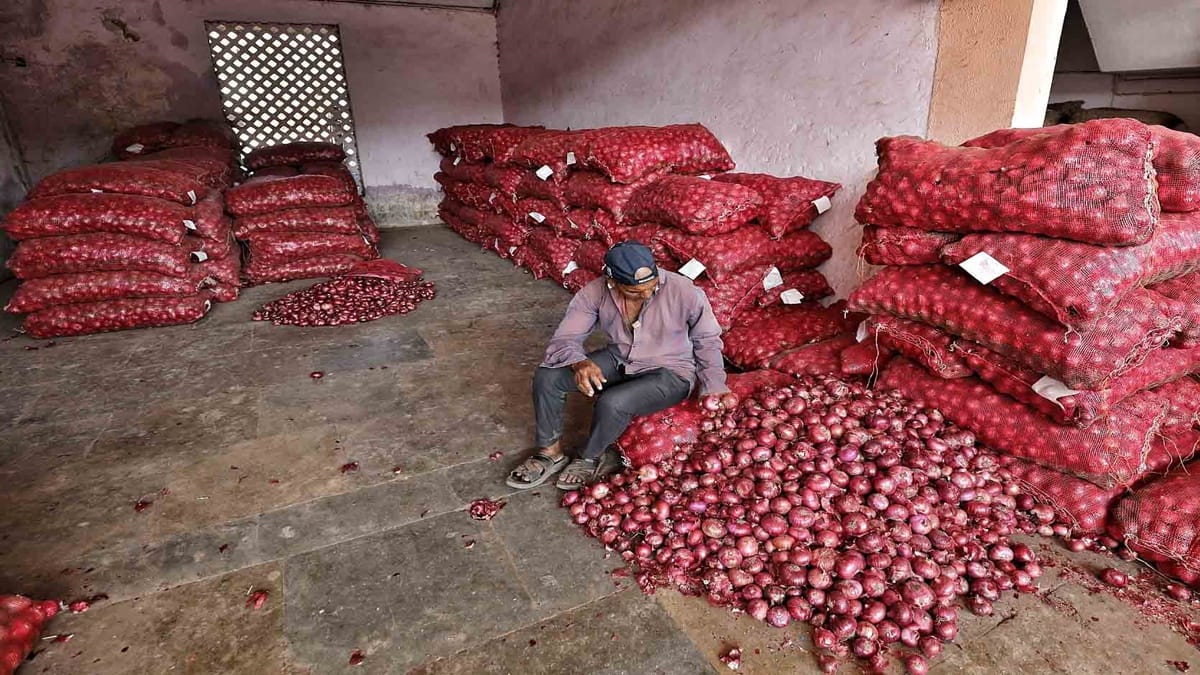Decoding Delhi Metro: Ideal metro means you can walk down to the station from anywhere in the city, says DMRC MD

If you live in Delhi and have faced last-mile connectivity issues, then you are not alone. And if you have wondered if you are the only one who thinks a metro station should be at a walkable distance from you, then your thinking is in line with Vikas Kumar, DMRC MD.
In an interview with The Indian Express, Kumar revealed that in his opinion, an “ideal metro system” is one where people can walk down to a station from anywhere within a city. He stressed that when the distance would be that less, only then the people would prefer the system over private transport. “That is why the metro has worked in London, New York, Moscow and Hong Kong,” he added.
DMRC’s priority corridors
Kumar told The Indian Express that as of now the DMRC is working on three priority corridors, which have been sanctioned. He said this in response to a question on Delhi Metro network reaching out to areas on the outskirts, like Narela or Bawana. However, Kumar said that the DMRC is pursuing plans with the government to connect Rithala and Narela to the network.
Talking about the timeline of the completion of the priority corridors, Kumar said that due to the effects of COVID-19, the timelines had to be shifted. The DMRC will be completing the corridors by 2026 and will get some of the sections operational from mid-2025, particularly the first section between Janakpuri West and Krishna Park, he added.
Managing surge in passengers post-COVID-19
The Delhi Metro has been able to achieve pre-COVID levels of ridership. When asked about how the DMRC plans to deal with the rise in passenger traffic after it opens new sections, Kumar said the network already has “adequate amount of rolling stock to factor in the numbers”, as they plan in advance. Giving a peak at the plans, he said first they could run trains at shorter intervals. “For example, on Line 7 and 8, they can be run at one minute 50 second gaps while for other lines they can be around two minutes 30 seconds,” he said.
Presently, most of the lines see a three-minute headway. As per Kumar, the DMRC sees nearly six million journeys each day.
Last-mile connectivity
When asked about who is responsible for ensuring last-mile connectivity, Kumar asserted that the last-mile connectivity should be handled by the state government. He emphasised the importance of collaboration with all stakeholders and the need for coordination with various modes of transportation.
Delhi Metro’s operational profits
In a discussion surrounding Delhi Metro’s operational profits, the DMRC MD revealed that in Delhi, ticket sales account for 70% of the revenue. The remaining comes from other revenue sources like rental and consultancy, among others. “You can reap these benefits only if the metro is utilised properly,” he further said.
Kumar explained that globally only a few metro systems made operational profit. When it comes to net profit, no metro is profitable anywhere, he added. However, in case of operational profits, Delhi Metro is in the leagues of Hong Kong and Taipei. “The Hong Kong metro makes money from its real estate business than ticketing. Hong Kong has a smaller network but has a higher ridership compared to us,” Kumar said.



Leave a Comment